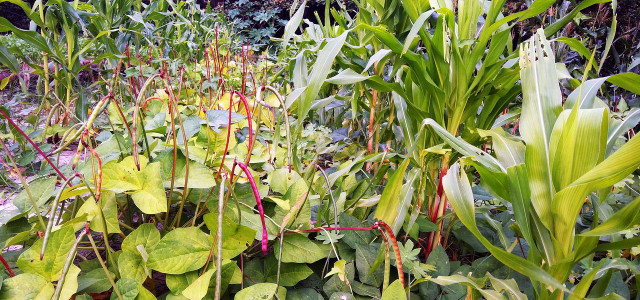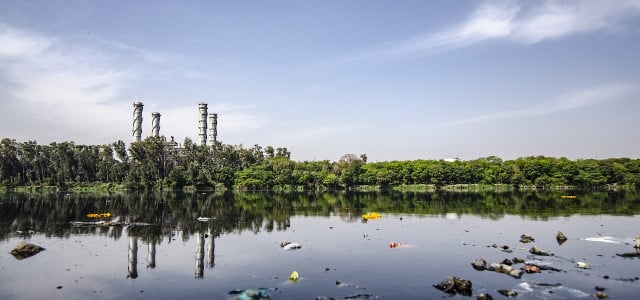Permaculture may sound intimidating at first, but once you learn about the basic philosophies of this land management technique, you’ll understand why it’s so popular.
Permaculture can be hard to define because it’s more like a philosophy that manifests itself in a thoughtful, ecological design technique for land management. The term, coined by Bill Mollison, combines permanent agriculture with permanent culture to describe the concept of consciously designing and maintaining agricultural ecosystems in harmony with the existence of humanity and its systems, all in an environmentally friendly way.
Permaculture looks at ways to grow food, build houses, and create communities, while minimizing environmental impact simultaneously. One of its central notions is the practice of living with nature instead of against it, so permaculture in practice can look different depending on various geographic locations.
This article explains some of the many advantages of permaculture and the drawbacks it may have. We’ll also explain a few steps you can take to incorporate permaculture into your life.
It Can Be Applied Almost Anywhere
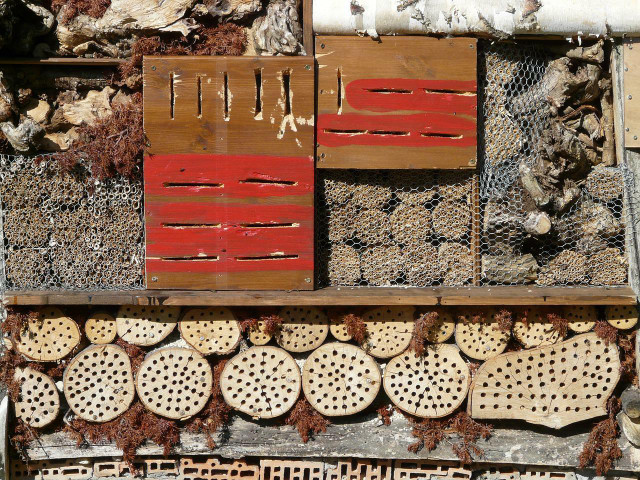
One of the first advantages of permaculture is that it is not exclusive. The principles of permaculture can be applied anywhere and by anyone. These philosophies and techniques can be modified based on the environment, tools, resources, and people that are locally available.
Permaculture techniques can be put into practice in an apartment, the suburbs, rural areas, gardens, farms, community spaces, countryside, commercial and industrial settings, educational establishments, and even in waste systems.
Permaculture is Efficient and Sustainable
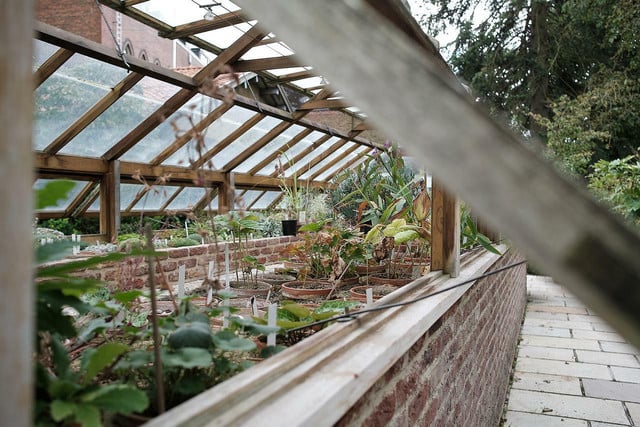


The notion of a closed loop system is one of the central philosophies, meaning that permaculture is highly efficient and sustainable. A closed loop system within permaculture means everything used, needed, or which would otherwise be wasted, must continue to be used in the system. In this sense, life cycles are longer and more valuable. Instead of disposing of waste, permaculture finds ways to reduce, reuse, repair, and recycle.
While permaculture applies the concept of a closed loop system to create its own energy, whether through solar power, biofuels, etc., it also extends this beyond renewable energy to other resources. Permaculture refers to needs such as food and fertilizer as “inputs.” Within this system, fertilizer could be created from livestock waste, crops would be grown on site to feed livestock, kitchen waste would be used for animal feed, and so on.
The underlying concept is to turn waste into resources and problems into solutions. Moreover, the closed loop system is intended to create more output than input, making life easier on the permaculture farmer or gardener.
It Can Mitigate Soil Pollution
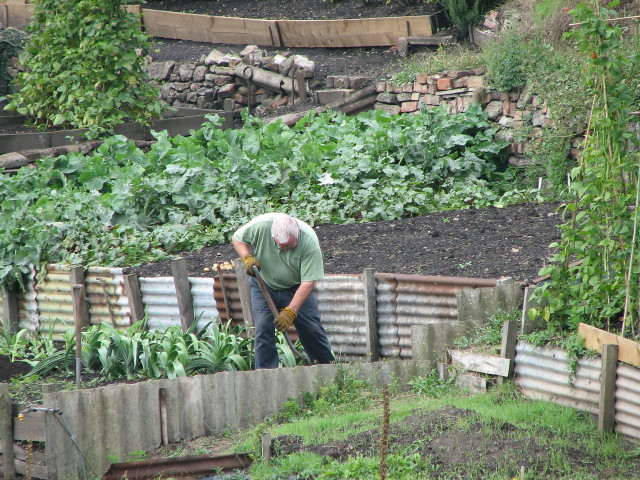


Permaculture is beneficial for soil health in various ways. Within permaculture, the land used is viewed holistically so it can work in a system that is, in a sense, symbiotic. Permaculture values soil health and seeks to protect it through the use of:
- Mulch
- Ground cover plants
- No-dig gardening, which protects the soil beneath the surface
- Garden beds
These different techniques seek to preserve the health of the soil for the generations to come. This is increasingly important as many commercial farming practices wreak havoc on soil worldwide through the use of harmful pesticides, other toxic substances, and depletion of important nutrients, minerals, and other substances from soil through intensive farming practices.
Water Conservation
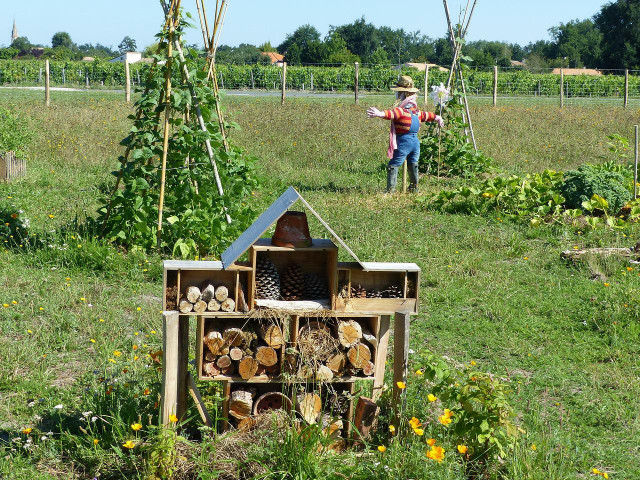


Permaculture also pays special attention to water conservation, a resource that is becoming more crucial to preserve. Land and gardens are often designed in order to make use of every drop of water in permaculture. This can take the form of steeped terraces intended to capture more runoff or with the use of drip irrigation systems that use minimal amounts of water. Permaculture enthusiasts also commonly harvest water from rain, one of the most sustainable methods of collecting water.
Permaculture is Ethical



Permaculture holds these three notions as central philosophies:
- Earth Care
- People Care
- Fair Care
These refer to the way that those who practice permaculture live their lives and treat both the earth and others. The ethics hold that if the earth and people are met with compassion and fairness, this is a part of the closed loop system that encourages abundance and prosperity within environmental and community health. These morals encourage the initiative to enact change and build community to treat the earth and people with greater care.
Protects Plant and Animal Habitats
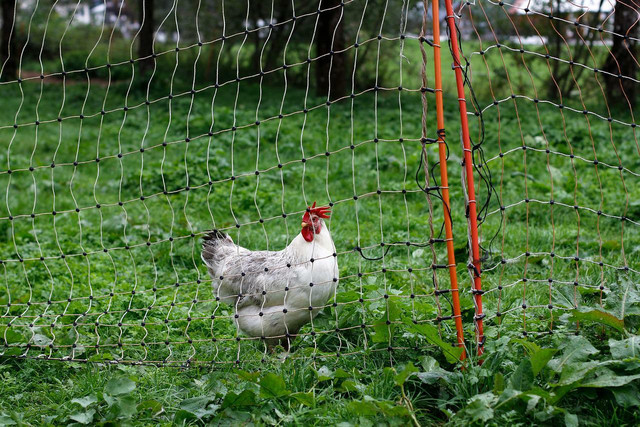


Within the ethics of permaculture, the resolution to protect the natural habitats of animals and plants is included. Working with nature instead of against is clearly at play here as is the respect for other beings and the environment.
Within the permaculture design, animals may be incorporated in a multitude of ways and be apart of an already diverse system. Herbs and other vegetables and fruits grown may be used for feed or even have some medicinal uses depending on the animal.
Domesticated animals may be used within some permaculture designs and are incorporated with compassion. Animals should be given a habitat and diet specific for their needs so they can be comfortable and healthy.
Wild animals, on the other hand, may be encouraged into, or fended away from, a permaculture landscape through various design and cultural management decisions.
Disadvantages of Permaculture
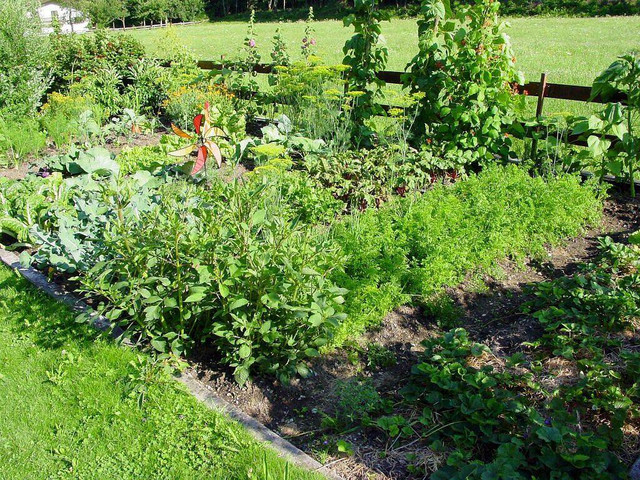


Permaculture can be quite a complex system when first learning about it and intimidate many. Here are a few of the disadvantages that may steer people away from permaculture:
- It can be expensive, especially if investing in a permaculture design quickly.
- There is much skepticism surrounding permaculture as a new tactic for land management, so it may be hard to find others that share the same interest.
- Unwanted bacteria and pests may spread more easily because the “inputs” are kept in the tightly knit closed-loop system.
- It can often take a lot of effort.
- It takes time to witness the rewards of permaculture.
Getting Started With Permaculture
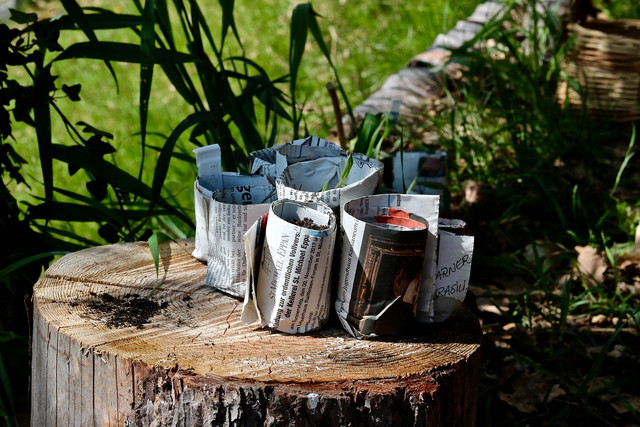


Here are some easy ideas to incorporate permaculture design into your life, no matter where you live:
- Start composting.
- Plant flowers for bees.
- Get into native gardening or create a natural lawn.
- Learn more about your local ecosystem; its plants, animals, fungi, learn which areas get the most sun, etc.
- Design your garden beds or pots with companion plants.
- Draw a rough-draft of your dream permaculture design (whether you have the space and resources or not). This can be a tangible idea for the near future or just be inspiration for the time.
- Grow herbs in your kitchen.
- Grow plants for birds and insects.
Read More:
- What Is Sustainable Agriculture? 5 Examples and Its Benefits
- Vertical Farming: Taking Agriculture to New Heights
- What Are CSA Farms? A Guide to Community Supported Agriculture
Do you like this post?






